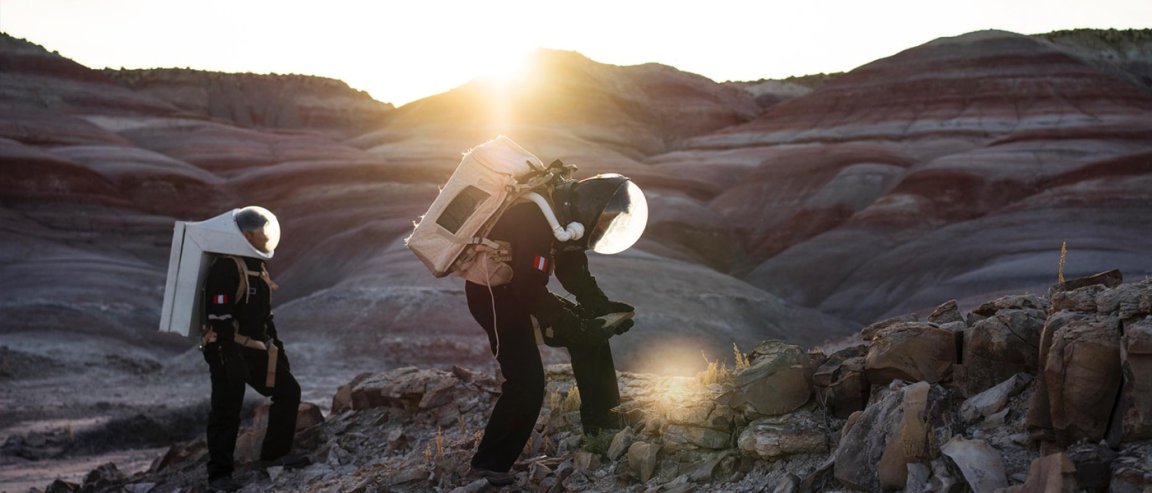
The case for planetary protection
Now that Elon Musk has revealed his bold plans to colonize Mars, many have voiced that a human presence may not be great for the red planet. Before you say to yourself “ugh, another climate control article,” we suggest you control yourself and read on.
Yes. Of course we are fearful that human beings could destroy Mars much like we are damaging the Earth. But, more importantly, this is about protecting whatever original Martian life might be there when we set foot on the red planet.
This is an actual issue that’s been recognized since the 1960s — the problem of planetary protection. How can we make sure that human presence on Mars will not contaminate whatever life forms might be on the red planet? That’s a question Catherine Conley, NASA’s senior planetary protector, has concerned herself with for 10 years now.
Keeping life on Mars intact
Fortunately, all spacefaring nations are obliged to protect the Earth and other planets from contaminating one another. In 1967, the Outer Space Treaty was signed and ratified, requiring all to avoid contaminating the moon and other celestial bodies.
So, the problem is, how do we do this? Take the curious case of the Curiosity, for instance. NASA’s Mars rover has been tasked to look for potential life on the red planet. So far, it has found evidence that water might’ve existed. If it actually finds water, though, it has to avoid contact with it for fear that whatever microbe Curiosity brought with it from Earth might contaminate the water.

Fortunately, there are measures to make sure that the likelihood of contamination stays low. NASA undertakes the strictest procedures to keep all its interplanetary equipment from carrying microbes, as much as possible. With the little amount that can actually survive the procedure and a trip through space, for one reason or another, we still have to be careful.
If bacterial life in Mars works the same way, more or less, that it does on Earth, then the smallest samples can pollute any chance we have of finding original Martian life.